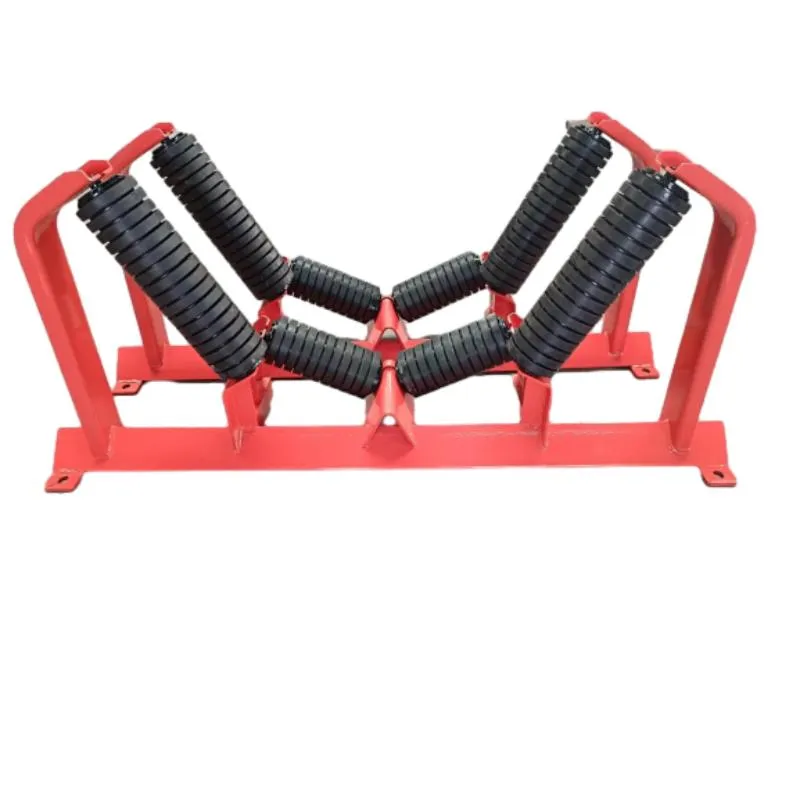 Afrikaans
Afrikaans  Albanian
Albanian  Amharic
Amharic  Arabic
Arabic  Armenian
Armenian  Azerbaijani
Azerbaijani  Basque
Basque  Belarusian
Belarusian  Bengali
Bengali  Bosnian
Bosnian  Bulgarian
Bulgarian  Catalan
Catalan  Cebuano
Cebuano  Corsican
Corsican  Croatian
Croatian  Czech
Czech  Danish
Danish  Dutch
Dutch  English
English  Esperanto
Esperanto  Estonian
Estonian  Finnish
Finnish  French
French  Frisian
Frisian  Galician
Galician  Georgian
Georgian  German
German  Greek
Greek  Gujarati
Gujarati  Haitian Creole
Haitian Creole  hausa
hausa  hawaiian
hawaiian  Hebrew
Hebrew  Hindi
Hindi  Miao
Miao  Hungarian
Hungarian  Icelandic
Icelandic  igbo
igbo  Indonesian
Indonesian  irish
irish  Italian
Italian  Japanese
Japanese  Javanese
Javanese  Kannada
Kannada  kazakh
kazakh  Khmer
Khmer  Rwandese
Rwandese  Korean
Korean  Kurdish
Kurdish  Kyrgyz
Kyrgyz  Lao
Lao  Latin
Latin  Latvian
Latvian  Lithuanian
Lithuanian  Luxembourgish
Luxembourgish  Macedonian
Macedonian  Malgashi
Malgashi  Malay
Malay  Malayalam
Malayalam  Maltese
Maltese  Maori
Maori  Marathi
Marathi  Mongolian
Mongolian  Myanmar
Myanmar  Nepali
Nepali  Norwegian
Norwegian  Norwegian
Norwegian  Occitan
Occitan  Pashto
Pashto  Persian
Persian  Polish
Polish  Portuguese
Portuguese  Punjabi
Punjabi  Romanian
Romanian  Russian
Russian  Samoan
Samoan  Scottish Gaelic
Scottish Gaelic  Serbian
Serbian  Sesotho
Sesotho  Shona
Shona  Sindhi
Sindhi  Sinhala
Sinhala  Slovak
Slovak  Slovenian
Slovenian  Somali
Somali  Spanish
Spanish  Sundanese
Sundanese  Swahili
Swahili  Swedish
Swedish  Tagalog
Tagalog  Tajik
Tajik  Tamil
Tamil  Tatar
Tatar  Telugu
Telugu  Thai
Thai  Turkish
Turkish  Turkmen
Turkmen  Ukrainian
Ukrainian  Urdu
Urdu  Uighur
Uighur  Uzbek
Uzbek  Vietnamese
Vietnamese  Welsh
Welsh  Bantu
Bantu  Yiddish
Yiddish  Yoruba
Yoruba  Zulu
Zulu types of idler in belt conveyor
Types of Idlers in Belt Conveyors
Belt conveyors are vital components in various industries, providing efficient and continuous transportation of materials. A critical aspect of these systems is the idler, which supports the belt and ensures smooth operation. Idlers play a significant role in maintaining the belt's alignment, reducing wear, and facilitating the movement of materials. This article delves into the various types of idlers used in belt conveyors, their functions, and importance in the overall performance of the system.
1. Carrier Idlers
Carrier idlers are the most commonly used type in belt conveyors. They are positioned along the length of the conveyor and support the belt while it carries the materials. Carrier idlers come in various designs, including flat and trough shapes, depending on the specific application. Trough idlers are particularly beneficial for handling bulk materials, as their shape helps to contain the load and prevent spillage. Typically, these idlers are spaced at intervals determined by the load capacity required and the belt's width, ensuring a stable and efficient transport system.
2. Return Idlers
Return idlers are located on the underside of the conveyor belt. Their primary function is to support the empty belt as it returns to the loading point. Proper alignment and support from return idlers are crucial to prevent belt sagging and ensure smooth movement. These idlers often come in a flat design and are essential for reducing wear and tear on the belt, thereby extending its lifespan. Return idlers also contribute to overall energy efficiency, as they minimize friction and resistance during the return phase.
3. Trough Idlers
Trough idlers are designed to provide better load containment for material transport. They create a trough effect by angling the rollers, which helps to keep the material in place and minimizes spillage. This design is particularly useful for handling loose bulk materials, such as coal, grains, and aggregates. Trough idlers are available in various angles, commonly 20°, 35°, or 45°, allowing for flexibility depending on the material being transported and the incline of the conveyor.
types of idler in belt conveyor

4. Impact Idlers
Impact idlers are specifically designed to absorb the energy produced when heavy materials are dropped onto the conveyor belt. They are strategically placed at loading points to protect the belt from damage due to high impact forces. Impact idlers typically feature reinforced rubber or polyurethane sleeves that dampen the shock of falling materials. By using impact idlers, companies can significantly reduce wear on the belt and other components, leading to lower maintenance costs and increased conveyor reliability.
5. Training Idlers
Training idlers are essential for maintaining the alignment of the conveyor belt. Misalignment can lead to significant issues, including increased wear, spillage, and even belt damage. Training idlers typically come equipped with a tilt mechanism that allows them to adjust the angle of the belt automatically. This self-correcting feature ensures that the belt runs properly, reducing the need for manual adjustments and enhancing overall operational efficiency.
6. Self-Aligning Idlers
Self-aligning idlers function similarly to training idlers but with a differ method. These idlers can pivot and adjust their angle based on the belt's movement and any misalignment that may occur. By automatically correcting the belt's path, self-aligning idlers minimize the likelihood of tracking issues and help maintain a consistent operational flow. This feature is particularly advantageous in applications where the conveyor may be subjected to varying loads or directional changes.
Conclusion
The effective operation of a belt conveyor significantly depends on the appropriate selection and installation of idlers. Each type of idler has distinct characteristics tailored to specific challenges within material handling systems. By understanding the various types of idlers available, operators can optimize the performance of their conveyors, reduce maintenance costs, and enhance overall reliability. As technology advances, the development and refining of idler designs continue to improve the efficiency and effectiveness of belt conveyors across various industries, making them an indispensable part of modern material handling solutions.
-
Revolutionizing Conveyor Reliability with Advanced Rubber Lagging PulleysNewsJul.22,2025
-
Powering Precision and Durability with Expert Manufacturers of Conveyor ComponentsNewsJul.22,2025
-
Optimizing Conveyor Systems with Advanced Conveyor AccessoriesNewsJul.22,2025
-
Maximize Conveyor Efficiency with Quality Conveyor Idler PulleysNewsJul.22,2025
-
Future-Proof Your Conveyor System with High-Performance Polyurethane RollerNewsJul.22,2025
-
Driving Efficiency Forward with Quality Idlers and RollersNewsJul.22,2025





























